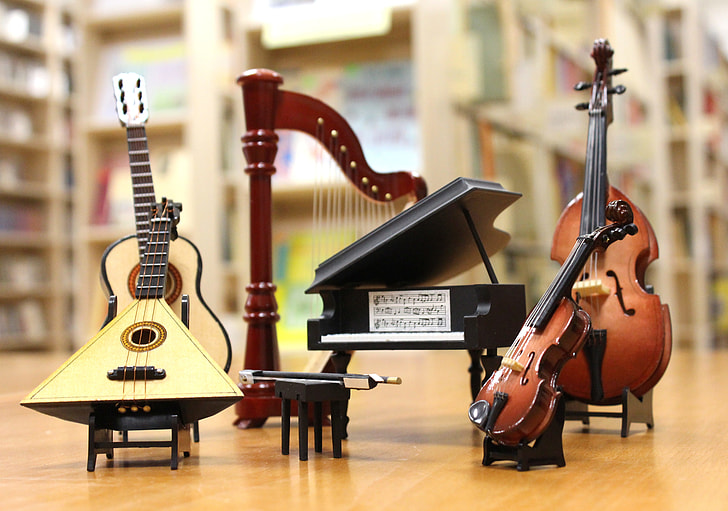
There are a lot of different musical approaches, and this one is among the greatest ones that we shall talk about. You will be able to get a few concise yet simple explanations of pulsamento from this page. This is a musical method that originated in Latin American music, as we previously discussed. When we talk about pulsamento, we’re constantly talking about the rhythmic beat that forms the basis of various musical genres. Another term for this is pulsamento, which adds extra energy while maintaining the music’s forward motion. To put it simply, it serves as a guide to help dancers and musicians follow the beat correctly.
Definition
The term “pulsamento” describes the rhythmic oscillation or pulse of a system and is frequently connected to music, technology, and natural occurrences. This rhythmic pattern is essential to many technologies and processes, which makes it a crucial topic in talks today.
The history of pulsamento

The origins of pulsamento may be found in South America throughout the 20th century. Day by day, pulsamento became more and more well-liked around the world. If you’re curious in the history of pulsamento, a group of Argentine artists attempted fusing traditional folk rhythm with contemporary electronic sounds in the early 1980s. As the pulsamento evolved, people from all over the world began to pay it more and more attention. As it develops into a distinctly unique musical thought process from others. Additionally, this combination produced a lively, danceable sound that the younger generation found highly appealing.
Implications for Technology
In the field of technology, pulsamento is essential to the development of systems and technologies. Utilizing and comprehending pulsamento is crucial for performance optimization since it is involved in everything from the synchronization of data transfer to the beating heart of a computer processor.
Pulsamento in Music

Although the term “pulsamento” is not commonly used in the music industry, it is closely related to the basic idea of pulsation. In the language of music, pulse refers to the regular repetition of a rhythm or accent in a piece of music.
Moreover, it’s important to remember that the term “pulsation” can also refer to a certain musical method in which a note is repeatedly played while subtly varying its dynamics, pitch, or rhythm to create a pulsing or rhythmic effect. This method is an effective way to add tension, excitement, or contrast to a piece of music.
Take Berlioz’s Symphonie fantastique’s third movement, for instance, where the timpani is used to produce a pulsating effect that gives off a tangible sensation of anticipation, as an example.
The Rhythm of Sound
The realm of music is a perfect fit for the pulse modulo. It serves as a composition’s beating heart, determining the tempo and rhythm that appeal to listeners. Pulsamento is a tool used by producers and musicians to generate exciting and captivating soundscapes.
Fusion of Technology and Music
The use of pulsamento has been essential in creating rhythms and electronic soundscapes with the invention of electronic music and digital production tools. Pulsating rhythms have been seamlessly used to create new musical genres and styles.
How pulsamento affects your heart’s pulse
The effect of music on heart rate is undoubtedly a complex phenomena. Strong brain areas associated with heart rate, blood pressure, respiration, and emotions are activated by music. Additionally, it has the ability to alter brain chemistry by inducing the release of hormones and neurotransmitters, which can then affect the heart.
impacts on heart rate
Different musical genres might have varying impacts on heart rate. For example, relaxing music, such as slow-motion tracks or classical pieces, can trigger the parasympathetic nervous system, which in turn promotes relaxation and lowers blood pressure, heart rate, and breathing rate. On the other hand, energetic music, like rock or fast-paced songs, can activate the sympathetic nervous system, readying the body for action and increasing heart rate, blood pressure, and respiration rate as a result.
Entrainment
Additionally, via a process called entrainment, music may match your heart rate with its beat. Your heart rate tends to match the speed of music when it has a consistent rhythm. Heart rate variability may benefit from this synchronization, making your heart more resilient to shifting demands and stresses.
A person’s heart rate may be influenced by listening to music that evokes a variety of emotions, such as happiness, sorrow, anger, fear, or enthusiasm. This is because music can cause the release of hormones and neurotransmitters.
For example, happy music can promote reduced blood pressure and arterial relaxation by releasing endorphins, serotonin, and dopamine. On the other hand, listening to depressing music can cause the production of cortisol and adrenaline, which can raise blood pressure and narrow blood vessels.
Furthermore, music has the power to change how you perceive effort and time. While exercising to music, you may find that time goes by faster and that you work more without realizing it. When engaging in physical activity, this can improve performance, endurance, calorie expenditure, and oxygen utilization.
Applications Across Industries
Pulsamento In Healthcare
When it comes to monitoring vital signs, pulsamento is an essential metric. Accurately identifying pulsing rhythms is necessary for devices that measure respiratory rate, blood pressure, and heart rate to offer vital health information.
Pulsamento In Communication Systems
The dependability and effectiveness of data transfer are significantly impacted by pulse rate, which is a key component of communication systems. Creating reliable, fast communication networks requires an understanding of and optimization for pulsing patterns.
Green Energy
In the context of renewable energy, the idea of pulsamento affects power generating efficiency. Sustainable energy is produced by technologies that harness the pulsing power of nature, such as wind turbines and solar panels.
Conclusion
pulsamento is a dynamic and adaptable idea with broad ramifications for music, technology, healthcare, and other fields. Gaining an understanding of and ability to use pulsamento stimulates creativity. Creates new avenues for tackling difficult problems in the contemporary world.






